Sustainable tourism is a hot term these days. It seems like everyone is talking about it. Blogs, newspapers, television and travel agencies. The internet is loaded with information about the topic.
At the same time, the massive problem of plastic is bubbling up like a volcano waking to life after a long sleep. People in general and travelers alike are becoming more aware of their actions.
But why is sustainable tourism important and what does it actually mean?
Sustainable tourism is a way of traveling that leaves a minimum negative impact on the places visited and preferably rather leaves a positive impact on society.
To make it easy, I will divide the term sustainable travel into three main areas; human welfare, animal welfare, and nature preservation.
To be sustainable, tourism has to consider all three areas, not only one or two as they all affect each other. But first, I will explain a bit about the negative circle an unsustainable tourism industry creates.
Disclosure: This post may contain affiliate links. That means that if you make a purchase through one of those links, I will get a small commission at no extra cost to you. If you have any questions about these services or products, feel free to ask me.

You might also like: Small tourism businesses are bleeding: How to support them when you can’t travel
Unsustainable tourism – a negative circle
We live in a world where overtourism has become a real problem, animals are kept in captivity for peoples’ amusement and nature is deliberately destructed. And the tourism industry feeds off this. Every single day. I will show you one example of how this turns into a negative circle.
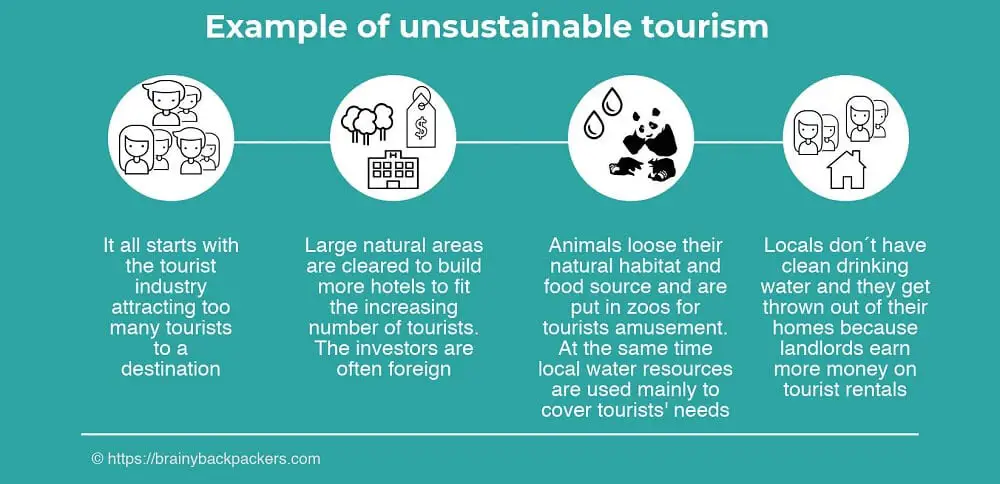
The industry takes in so many tourists in one place that the locals get driven out of their homes, and prices rise to a level where the inhabitants no longer can afford to live in their own hometowns with local wages. Further, it drives so many tourists to one place at the same time that there surge in the need to build more hotels to house them all.
Often this is done by foreign investors and only a small part of the income remains locally. They cut down trees and clean large areas of land to build more luxury resorts and golf fields.
By cutting down forests they also remove the natural habitat of millions of animals. Animals become endangered because they don’t have a place to live or they don’t find enough food.
So, people “rescue” them into zoos where tourists can pay to see them. Where animals get behavioral issues because of depression of not having the freedom to run freely, hunt, and interact naturally with others of their species. And in some zoos animals are even maltreated and suffer from malnutrition.
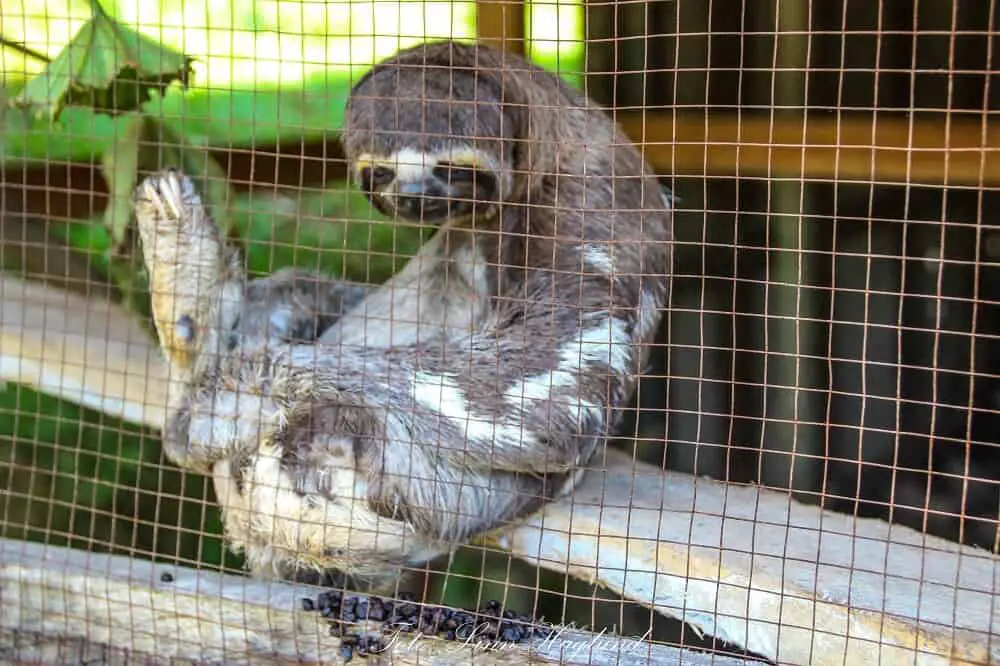
Both hotels and golf fields need enormous amounts of water. Hotels wash large numbers of towels and sheets every day and water their green areas. According to the Alliance for Water Efficiency, a large golf course of 3785 square meters requires 4 546 090 liters (1 000 000 gallons) of water a week.
There is a lot of disagreement about how much water a person should drink a day. And the amount of water one should drink will depend on how much physical activity a person is performing; how hot it is and how much one sweats.
But say a person needs two liters of water a day. That’s 14 liters a week. That leaves me with 324 720 people that could drink two liters of water a day instead of watering a golf course to attract tourists.
Don’t get me wrong. Golf is a great sport that people should enjoy, but we need to think about the consequences of our actions and choose the right places to enjoy ourselves.
In many countries, most of the locals don’t have access to clean drinking water. At the same time, the tourist industry throws away unimaginable unnecessary amounts of water.
Why is sustainable tourism important?
Now you have seen an example of how the impact of unsustainable tourism can have a negative chain reaction on the locals, animals, and natural resources. So, why is sustainable tourism important and how can we make a difference? As I mentioned above, it is important to think about the consequences of our actions.

How can travelers be sustainable tourists?
By traveling more responsibly we can say no to all of the above. We can contribute to the local economy by using small local companies.
Further, we can contribute to less pressure on nature by traveling in the low season. We can choose not to visit zoos. Also, we can choose not to book at those large hotels.
We can also think twice before we play golf in a country where drinking water is a luxury and not a human right. In general, look for eco tourism destinations and sustainable tourism activities when we travel.
As travelers, we need to remember that we are visitors. When we start thinking about the consequences of our actions when we travel, then we are traveling responsibly and then we can make a difference. Now, let’s have a closer look at the three main areas of sustainable tourism.
1. Human welfare
Human welfare is a broad term. So, what do I mean about that in this context? As a finger rule, we should always think about the consequences of what we do when we travel. We should always respect the local customs and traditions, we should behave like visitors and as far as possible leave our tourist money locally.
I will point out a few concerns when it comes to human welfare when we travel. Some might be obvious, while others might be less obvious.
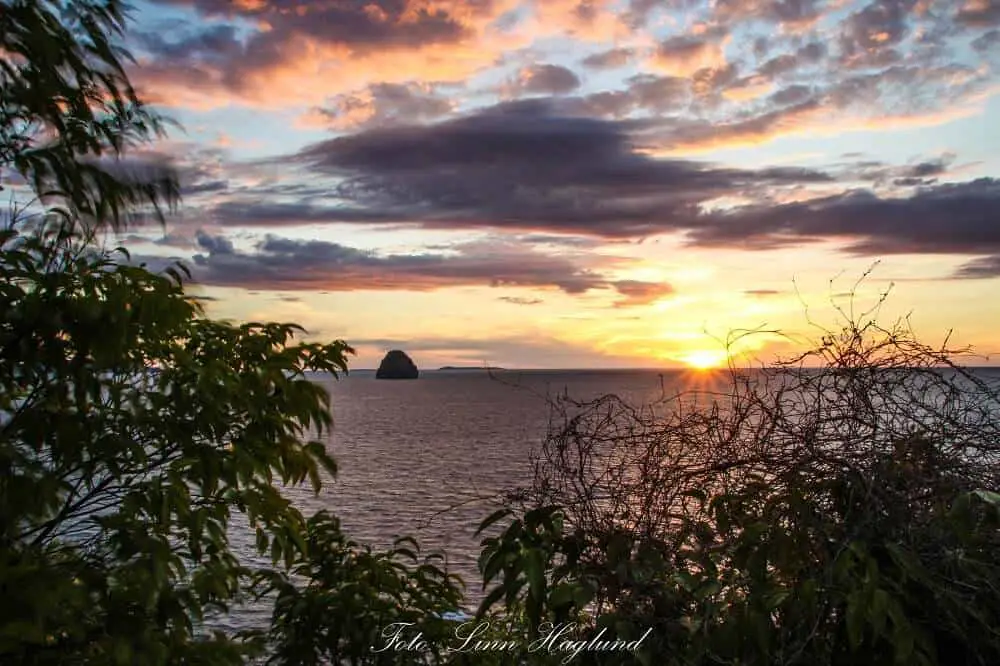
Respect the locals and their customs
We need to respect the locals when we travel. This includes respecting their religion, customs, and way of living. Learning the basics about the culture and unwritten rules in the destination country before our travels is an important part. This makes it less likely that we will offend the locals.
As an example, it is good to know how to dress respectfully as a woman in India. The locals will respect you when you respect them and their customs. They are also more likely to be curious towards you.
Learn some phrases in the local language if it is not your own. When we show a person that we try to communicate in their language, that person is more likely to be willing to help us. I addition to this, a big smile and some sign language always helps. We need to be humble to expect any willingness from the other person.
I remember working in a petrol station by the highway in Norway when I was young. There are many German tourists traveling through Norway in camper vans. Often I experienced Germans coming in talking to me in German as if it was the most normal thing on earth that I should understand them (***I am not saying that Germans are rude or don’t respect others, this is just a personal experience I had when I was 19). I have always been an exceptionally customer service focused person, but that behavior just put me off.
I couldn’t be bothered trying to help them and instead of trying sign language or checking if they knew a couple of words of English, I simply answered them in Norwegian. Without smiling. Knowing that Norwegian was the last language anyone would know. I often think of this when I travel and make sure not to trigger the same response.
It’s also important to treat the people we meet with respect, to show interest in their culture and country. Be curious. We are more likely to get into a conversation and get a friendly reaction from another human being that way. Maybe this can even lead to some great travel tips to an off the beaten track destination or a dinner at a local’s house.
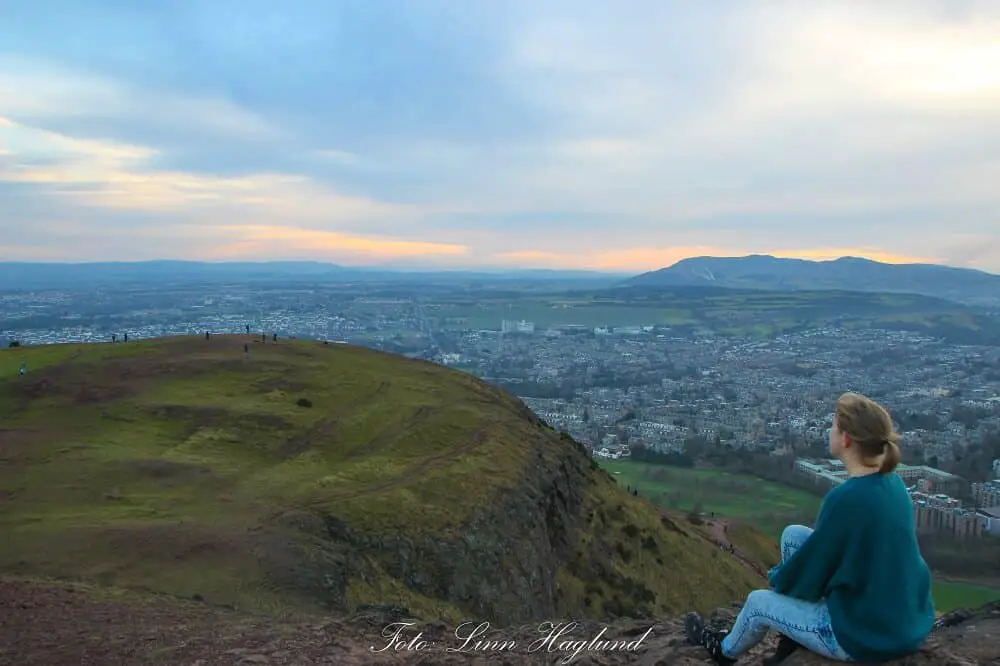
Ask before taking photos of people
As a traveler to new cultures, it is always interesting to take photos of people and their daily tasks. At least if you are a little bit like me. However, we should always think twice before sticking a camera up a person’s face without asking. You probably wouldn’t do that at home. How would you like for a complete stranger to come up to you on the street, take a photo or two of you, and then walk off? I know I wouldn’t like it.
It’s always easier to ask for a photo after getting to know a person a bit. Ask what she’s doing, why she’s doing it or anything relevant that falls into mind. Be curious, I can’t stress this enough. It will open so many new doors.

Child welfare and safety
The last decade it has become more and more popular to visit a school or an orphanage while traveling. There are some dark backsides with this, though. While visiting these premises is rewarding for the traveler, it is less rewarding for the kids.
Interruptions in class are not something we would like for our children to have, so why should we do that to other children? Further, never-ending goodbyes for children in orphanages that have lost their parents, is that good? For a child, attachment to new people happens rather fast. Unfortunately, the detachment leaves marks. And when this happens time after time it can easily lead to permanent psychological concerns.
Furthermore, the high request for volunteering in orphanages has created a demand for more orphans in certain countries. Statistics show that more than half of the children in orphanages have at least one living parent.
Finally, I want to point out the importance of always asking a parent or an adult family member before taking a picture of a child.
Also, never post a photo of a child on Social media with the exact position tagged. Human traffic is such a big problem in large parts of the world, and children are especially exposed.

Support the local economy
There are so many ways to support the local economy. First of all, buying anything during your trip from small local run businesses or street vendors is a great way of making sure the money goes to the people.
There are many larger chains that run sustainable hotels. However, it might be more sustainable to book a room with a small locally owned hotel. Often, larger chains are foreign run, and most of the money goes out of the country and there is a lot of greenwashing in the industry.

Support local nonprofit organizations
If you want to make a difference when traveling, you could support a local nonprofit organization. There are many different organizations working for the minorities in the society, for animal welfare or even towards saving natural resources in the area.
2. Animal welfare
Animal welfare is the second segment of sustainable travel. As of forever, animals have been taken advantage of by humans to earn money from tourists. To travel sustainably means not paying organizations or people who harm animals, nor using their services.
Sometimes it is hard to know if the animals are being treated in a good way or not. In general, zoos are no go, riding donkeys, elephants etc. are not ok. Also, holding wildlife like sloths or tarsiers is harmful for the animals.
It is always good do a fair bit of research about the organization you want to visit to make sure it is an ethical place.
Another concern regarding animals is when they are victims of the follow-effects of other actions. If you stay at a large resort that has been built upon the animals’ natural habitat you are actually supporting the action.
Animals that lost their habitat are driven to other places or become in danger of being extinct. I understand that it is difficult to know these things about the hotel you are going to stay in. However, it’s worth thinking about.
In the end, the animals might get “rescued” into a zoo or sanctuary. Often they are mistreated, malnourished or live with lack of space to move sufficiently.
It is a known phenomenon that wildlife, including marine life, in captivity suffers from depression. Often, they don’t get the chance to live out their natural instincts.
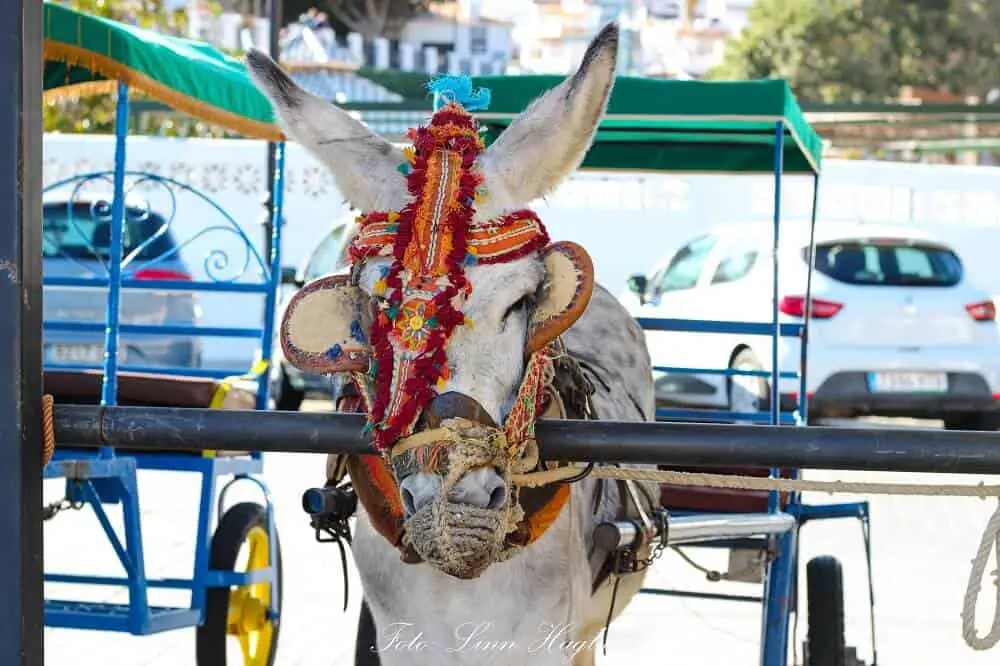
3. Nature preservation
Nature preservation is an important part of sustainable tourism. When we think of nature preservation, we often think of natural parks. These are a big and important part of nature preservation.
However, there is more to it than that. Also, world heritage sites need to be protected for future generations. I will guide you through three of the most important sides of this term, starting with natural parks.
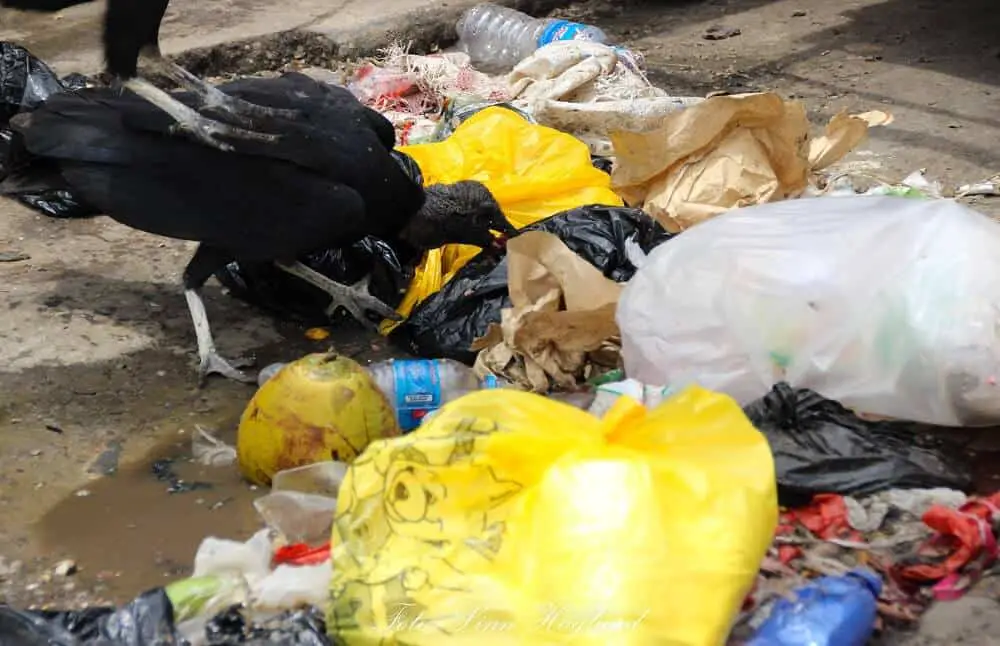
Natural parks/reserves
There is no doubt that Natural parks play an important role in nature preservation. The natural area is protected against waste and usually also overtourism. When you have to pay a fee to access a natural reserve this is to economically support the preservation of the fauna, animals and their habitat.
Many places also have limited entries a day. This is to prevent devastation on nature and assure that not too many people step there at the same time.
Small groups with one guide make it easier to control that people don’t step where they shouldn’t and that they don’t touch what they shouldn’t. Not allowing too many people in at once also protects wildlife in the park.
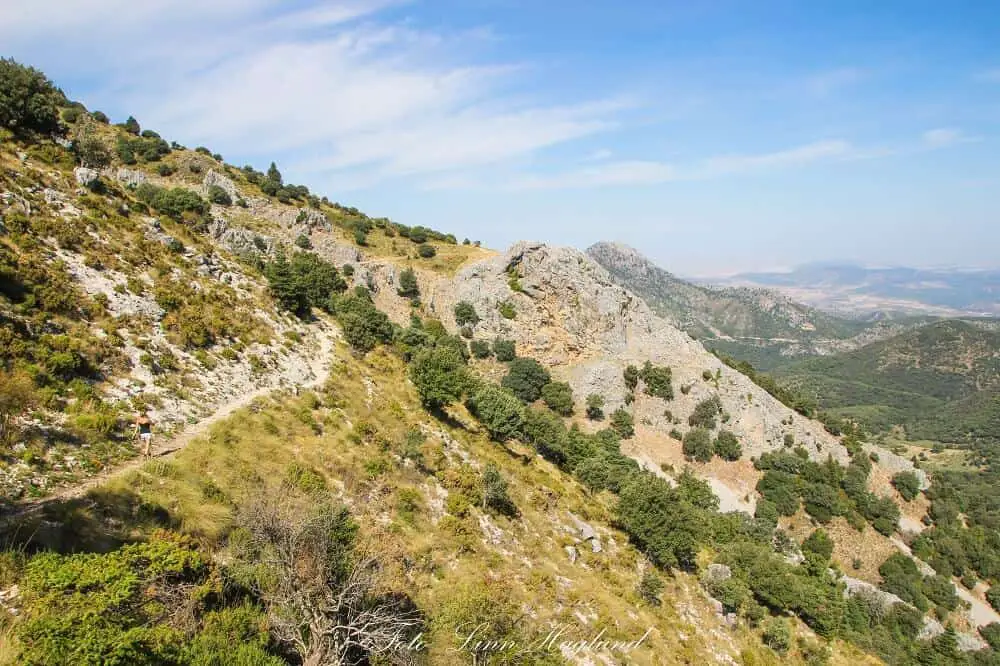
Reduce non-organic waste
There are many ways you as a traveler can contribute to reducing non-organic waste. There are quite a few effortless ways of reducing contamination, and most of these can be applied in your daily life as well as travel.
An example is to switch to eco friendly camping gear, travel gadgets, and toiletries.
One simple way is to make sure your rubbish always goes in the bin and if possible recycled. Also, you can make sure you generate as little waste as possible.
And I’m mainly talking about plastics and other products that are not biodegradable. So, what does biodegradable mean? These are natural products that become to earth quickly when you compost them.
You could make many choices to buy and use products that don’t come in plastic containers. Also, staying away from all the small plastic containers for soaps and shampoo at hotels, say no to plastic straws at cafés and bringing your own water bottle with water filter makes a big difference.
Further, picking up pieces of plastic from nature while you travel is a more proactive way of reducing contamination. If you bring a bag for your own rubbish to the beach or on a hike, you might as well fill it with rubbish you come across.

Choose more environmentally friendly transport
Traveling with public local transport is another way to contaminate less. Simply, because you fit more people on a bus or a train than what you do in a taxi, the footprints are less per person.
When you fly, there are also a few simple tricks to reduce carbon emissions. Off course you can pay a dollar extra for your flight to give money to carbon offsets.
This means paying money to support a project reducing carbon emissions somewhere else to compensate for the ones released from the flight.
It could be renewable energy or tree planting. That is great. However, there are a few more direct choices you can make when you choose your flight.
Choosing a direct flight instead of a flight with a layover is definitely an environmentally friendly choice. Airplanes release the most carbon emissions during takeoff and landing. Therefore, two flights instead of one to go to the same destination are practically contaminating twice as much.
There are also some airlines that work more actively towards reducing their negative impact on the planet. The first single-use-plastic-free flight took off only a couple of years ago, and other airlines are following.
Sustainable tourism check list
Summarized, here are a few things in sustainable tourism to remember:
- Don’t litter
- Bring reusable water bottles, straws, tote bags, and containers to avoid single use plastic
- Respect and follow local customs
- Ask before photographing people, especially children (ask their parents!)
- Don’t give money to beggars, especially begging children
- Support local shops
- Stay at locally owned hotels or homestays
- Support a local NGO or do voluntary work if you want to make a difference
- Don’t support unethical animal tourism
- Travel by public transport when possible
- Fly less and choose direct flights over layovers when possible
- Offset carbon footprint when flying
If you can’t do it all, don’t worry. Maybe you can’t afford the direct flight, but you can choose to offset your carbon footprint.
Maybe you can’t spend time volunteering, but you can choose to opt out of that unethical animal wildlife experience.
Do what you can and lead by example.
It’s all about becoming a more responsible traveler
Hopefully, more and more people will see the way they travel in a different way, and have a greater positive impact on the places they travel to in the future.
I do that all the time as I learn new things. And I don’t believe in being perfect or doing everything perfectly all the time. After all, we are humans.
But little by little, we learn new things that affect the way we travel and the choices that we make. And we can talk to those around up about what we learned so they can take better choices too. That’s how we make a difference.
Finally, the big changes need to come from the industry, but as we all know business is driven by demand. This means that if we as consumers stop demanding what is bad for our planet and its inhabitants the industry will slowly follow us.
And we already see a significant change in the industry. More and more eco-friendly, sustainable travel companies are appearing and we need to make sure we support them.
I would love to know what you do to contribute to sustainable travel. Feel free to leave your comment below.

Lonely Planet has focused more and more on sustainable destinations and accommodation in the last years. You can find information about homestays, eco-lodges and green hostels in their guidebooks. I have also found their books to be helpful exploring off the beaten path places as well as they give good information about which season is the best to go to avoid overtourism.
You might also like: 10 Sustainable travel documentaries to inspire a future of better travel
Pin it for later!
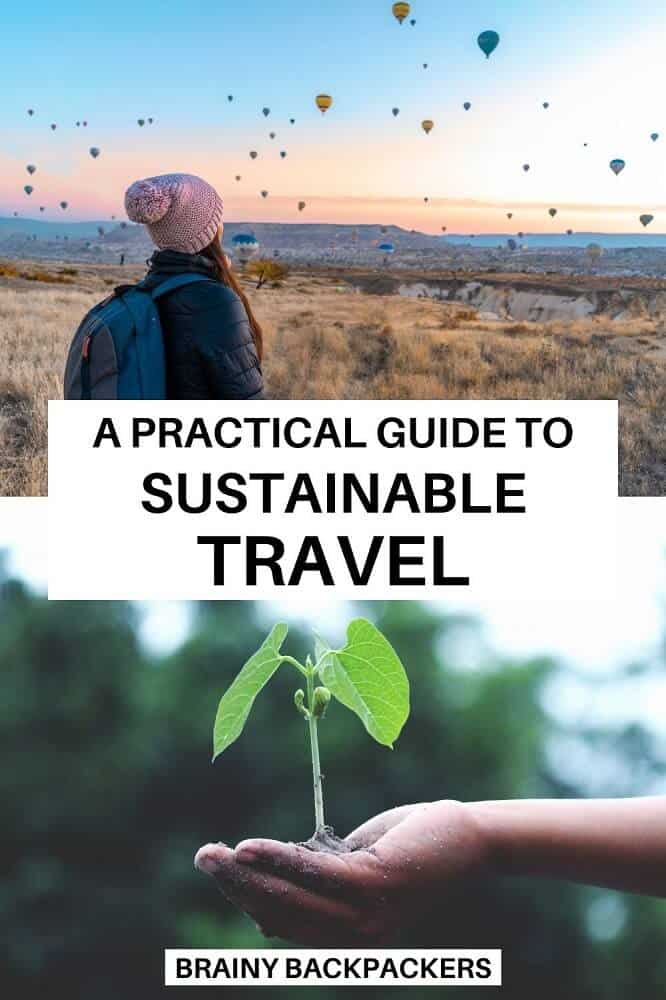

I absolutely can’t agree with you more. Especially nowadays when the influx of travelers is greater than ever in almost every country around the world. A lot of unsustainable practices are happening BECAUSE of tourists (ex. elephant riding, use of animals for entertainment, garbage left behind from popular tours, fake orphanages etc.) .
It is so important to educate travelers how to travel in a sustainable and mindful way and through this to re-direct locals to make improvements as well. At the end of the day locals lean where the tourists go or do so a collective change starts from us as travelers. It’s a pleasure to see how many elephant sanctuaries exist now, once the tourists decided to skip the abusive riding practice.
I really appreciate your comment! It is absolutely more important than ever to be responsible in ones actions, though I believe more and more travelers, including myself, start to open their eyes to reality and that is great! As long as we all change our ways of travel as we learn new things and are aware of the consequences of our actions I am positive to a better planet.